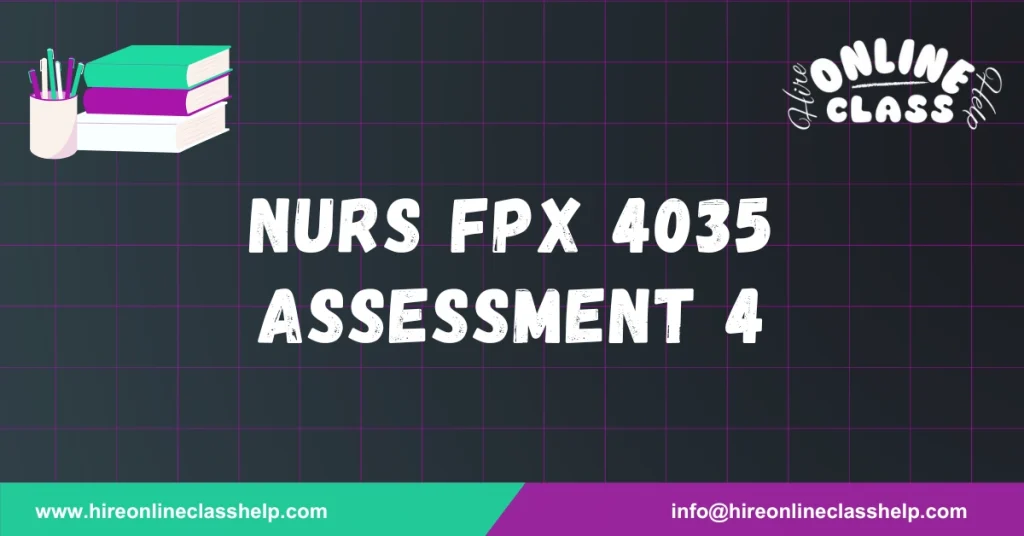






Name
Capella University
NURS-FPX4035 Enhancing Patient Safety and Quality of Care
Prof. Name
Date
This toolkit provides an evidence-based framework for healthcare professionals, especially nurses, aiming to reduce patient falls in healthcare settings. It consolidates academic and clinical resources that offer essential tools, including risk assessment methods, patient engagement strategies, and technological interventions that support fall prevention. Each tool is accompanied by a description, implementation guidance, and practice-based applications that align with clinical procedures. By applying these tools, nurses can significantly enhance both quality and patient safety outcomes across diverse care environments. The toolkit’s creation stemmed from targeted keyword searches, such as “fall prevention,” “patient safety,” “risk assessment,” “root cause analysis,” and “evidence-based nursing practice,” ensuring a comprehensive evidence-informed approach.
Garcia et al. (2021) conducted a study on nurses’ perceptions regarding recommended fall prevention strategies, highlighting the effectiveness of multifactorial interventions that blend patient education with environmental modifications. These were seen as the most practical and impactful within hospital settings. The findings emphasized the challenges nurses face, such as limited time, lack of organizational support, and patient participation issues. These insights help bridge the gap between evidence-based guidelines and real-world nursing practice, aiding in the creation of more relevant and supportive training initiatives.
Linnerud et al. (2023) employed a co-creation methodology to develop fall prevention strategies tailored for Norwegian home-care services. This study highlights the importance of engaging stakeholders—especially frontline nurses—in the creation of localized safety plans. The findings offer a structured approach to creating personalized interventions that adapt to regional and community-specific needs. Nurse leaders and QI teams can apply this method during early planning stages to ensure buy-in and long-term sustainability of fall prevention programs.
Mulfiyanti and Satriana (2022) explored how using the SBAR (Situation, Background, Assessment, Recommendation) communication tool improves the accuracy of nursing handovers, directly contributing to fall prevention. The structured communication method reduces miscommunication during shift changes and other high-pressure transitions, which can otherwise compromise patient safety. The article supports the inclusion of SBAR in clinical training and interdisciplinary meetings to enhance team collaboration and decision-making in critical care settings.
Campani et al. (2021) provided practical guidelines for identifying and addressing home and environmental fall risks among elderly patients. The resource outlines effective home modifications—such as removing loose rugs and installing support devices—to reduce fall incidents. Nurses can apply this evaluation system both during discharge planning and in community health settings to support safer environments for aging populations. The inclusion of professional home assessments further ensures comprehensive safety measures.
Locklear et al. (2024) offered a detailed narrative review that addresses in-patient fall epidemiology, risk factors, and evidence-supported interventions. The study advocates for tools like the Morse Fall Scale (MFS) and multi-pronged strategies including hourly rounding, staff education, and patient monitoring. Additionally, the article presents the financial burden associated with hospital falls and showcases how systematic implementation of prevention strategies can lead to substantial healthcare cost savings.
Stathopoulos et al. (2021) examined the relationship between environmental factors—particularly hospital overcrowding—and the frequency of in-patient falls. Their study found that over 75% of fall-related incidents occurred in overcrowded wards, especially neurology and orthopedic units. Nurses and administrators can use this data to advocate for better space management and staffing adjustments to support safer patient environments and reduce fall rates.
Albertini et al. (2022) presented a best-practice model based on person-centered care approaches for fall prevention and management in Brazilian hospitals. Their findings demonstrated a significant increase in staff compliance with fall prevention protocols, from 62% to 92%, when education was combined with patient-specific care planning. The article emphasizes the effectiveness of tailoring care interventions to patient characteristics such as mobility issues or medication risks. This resource is highly applicable for nurse educators developing staff onboarding programs or ongoing professional development focused on fall prevention.
| Category | Author(s) and Year | Key Contributions |
|---|---|---|
| Organizational Fall Prevention | Garcia et al. (2021) | Highlights nurse perceptions of effective multifactorial fall prevention strategies, identifies barriers like time constraints and lack of support. |
| Community-Based Fall Prevention | Linnerud et al. (2023) | Describes stakeholder collaboration in creating tailored fall prevention plans for home-care services. |
| Communication and Patient Safety | Mulfiyanti & Satriana (2022) | Demonstrates how SBAR improves handover accuracy and promotes patient safety through effective nurse communication. |
| Environmental Modifications | Campani et al. (2021) | Offers assessment and intervention strategies for modifying home environments to reduce fall risks among the elderly. |
| Risk Assessment & Economic Impact | Locklear et al. (2024) | Explores hospital fall data, economic costs, and the success of structured prevention tools like the Morse Fall Scale. |
| Environmental Challenges & Overcrowding | Stathopoulos et al. (2021) | Investigates how overcrowding and layout limitations in hospitals increase fall risks, providing data for administrative changes. |
| Staff Training & Person-Centered Approaches | Albertini et al. (2022) | Introduces a person-centered care model for fall prevention, emphasizing individualized strategies and improved staff protocol adherence. |
Albertini, A. C. da S., Fernandes, R. P., Püschel, V. A. de A., & Maia, F. de O. M. (2022). Person-centered care approach to prevention and management of falls among adults and aged in a Brazilian hospital: A best practice implementation project. JBI Evidence Implementation, 21(1), 14–24. https://doi.org/10.1097/xeb.0000000000000356
Campani, D., Caristia, S., Amariglio, A., Piscone, S., Ferrara, L. I., Barisone, M., … Obbia, P. (2021). Home and environmental hazards modification for fall prevention among the elderly. Public Health Nursing, 38(3), 493–501. https://doi.org/10.1111/phn.12852
Garcia, A., Bjarnadottir, R. (Raga) I., Keenan, G. M., & Macieira, T. G. R. (2021). Nurses’ perceptions of recommended fall prevention strategies. Journal of Nursing Care Quality. https://doi.org/10.1097/ncq.0000000000000605
Linnerud, S., Aimée, L., Graverholt, B., Idland, G., Taraldsen, K., & Brovold, T. (2023). Stakeholder development of an implementation strategy for fall prevention in Norwegian home care – a qualitative co-creation approach. BMC Health Services Research, 23(1). https://doi.org/10.1186/s12913-023-10394-x
Locklear, T., Kontos, J., Brock, C. A., Holland, A. B., Hemsath, R., Deal, A., … Biswas, S. (2024). In-patient falls: Epidemiology, risk assessment, and prevention measures. A narrative review. HCA Healthcare Journal of Medicine, 5(5). https://doi.org/10.36518/2689-0216.1982
Mulfiyanti, D., & Satriana, A. (2022). The correlation between the use of the SBAR effective communication method and the handover implementation of nurses on patient safety. International Journal of Public Health Excellence (IJPHE), 2(1), 376–380. https://doi.org/10.55299/ijphe.v2i1.275
Stathopoulos, D., Hansson, E. E., & Stigmar, K. (2021). Exploring the environment behind in-patient falls and their relation to hospital overcrowdedness—a register-based observational study. International Journal of Environmental Research and Public Health, 18(20), 10742. https://doi.org/10.3390/ijerph182010742